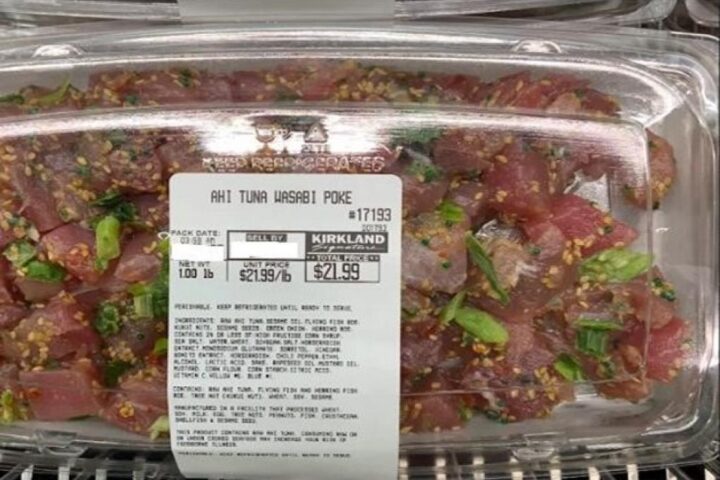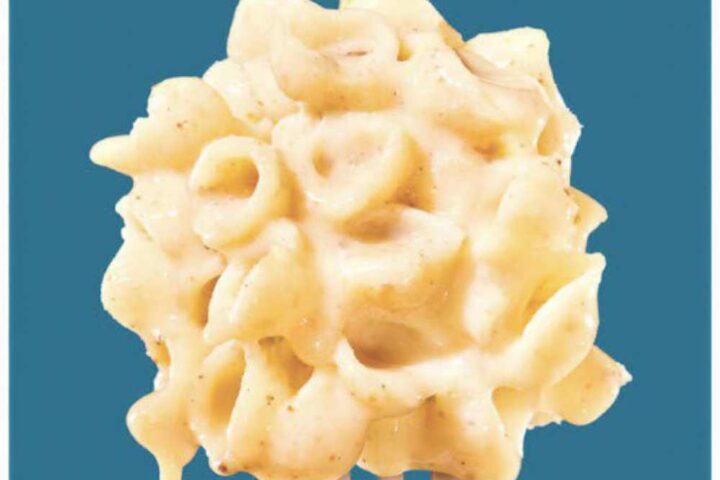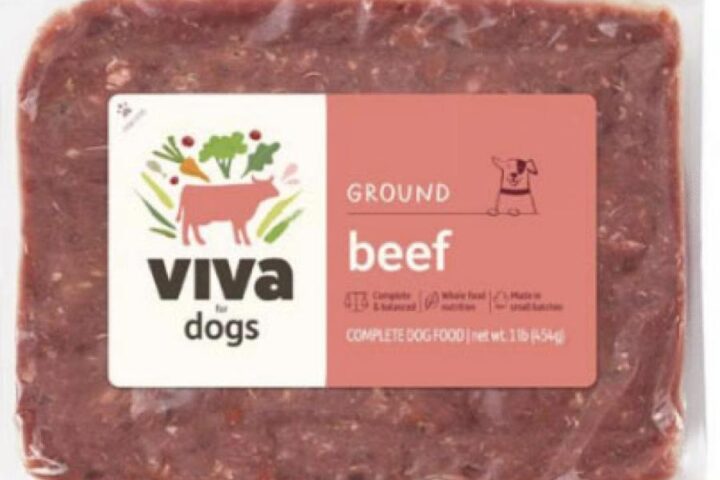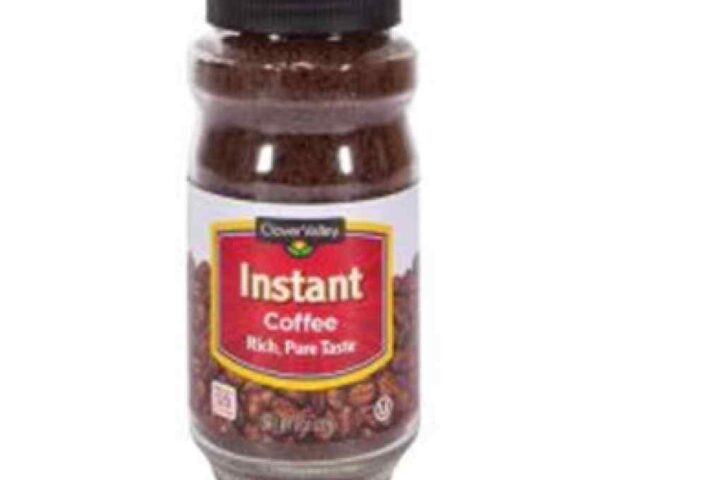Listeria Outbreak in Prepared Pasta Meals: 6 Deaths Reported Across 18 States
Federal health officials report expanding outbreak with new illnesses and hospitalizations linked to contaminated ready-to-eat meals sold at major grocery chains

Six people have died and 27 have been hospitalized across the United States after an outbreak of listeria in precooked pasta meals. The outbreak was first declared in June 2025, leading to multiple waves of recalls of pasta meals from major retailers. The Centers for Disease Control and Prevention (CDC) reported on October 30, 2025, that seven new illnesses have been reported since the last update, including six new hospitalizations and two additional deaths—one in Hawaii and one in Oregon.
The linguine, farfalle, and other types of infected pasta were sold by retailers including Trader Joe’s, Albertsons, Kroger, and Sprouts Farmers Market. The supplier of the products, Nate’s Fine Foods, discovered listeria in a sample of its pasta. According to the FDA outbreak investigation, epidemiologic, laboratory, and traceback data show that prepared meals containing pasta are contaminated with Listeria monocytogenes and are making people sick.
The outbreak has resulted in one pregnancy-associated illness that led to fetal loss. Patient ages range from 4 to 92 years, with a median age of 74 years. Two thirds of patients are women. Illness-onset dates range from August 6, 2024, to October 16, 2025. Investigators are working to determine if new cases ate previously recalled foods or if other foods may be contaminated.
Outbreak Impact
Latest numbers from federal health agencies as of October 30, 2025
Listeria is a type of bacteria that can cause listeriosis, a condition that produces symptoms including headache, muscle aches, diarrhea, and fever. For high-risk people—including those aged 65 or older and pregnant women—listeria can infect the nervous system, causing severe illnesses, miscarriages, and death. According to the CDC investigation update, listeria is especially harmful because it is more likely to spread beyond the gut to other parts of the body, resulting in invasive listeriosis.
The outbreak has been identified in California, Hawaii, Florida, Illinois, Indiana, Louisiana, Michigan, Minnesota, Missouri, North Carolina, Nevada, Ohio, Oregon, South Carolina, Texas, Utah, Virginia, and Washington. Deaths have been reported in Hawaii, Illinois, Michigan, Oregon, Texas, and Utah. The USDA Food Safety and Inspection Service (FSIS) issued a public health alert for ready-to-eat meals containing pasta that may be contaminated with the outbreak strain.
Geographic Spread of the Outbreak
Cases confirmed in 18 states according to CDC outbreak data
States with Confirmed Cases:
Recalled Products: Check Your Refrigerator
Search by store name, brand, or product type to see if you have recalled items
On March 19, 2025, FSIS identified the outbreak strain in a routine sample of FreshRealm chicken fettuccine alfredo. This lot was not distributed into the food supply. FreshRealm tested products and ingredients, and pasta from Nate’s Fine Foods was confirmed to be positive for Listeria monocytogenes. On June 17, 2025, FreshRealm recalled chicken fettuccine alfredo meals sold in the refrigerated section at Walmart and Kroger grocery stores.
In late September 2025, Nate’s Fine Foods issued a statement committing to the highest standards of food safety. The company stated: “Nate’s Fine Foods is committed to the highest standards of food safety and the well-being of our consumers. Out of an abundance of caution, we are voluntarily recalling select products after being notified of a potential link to a multi-state outbreak of listeria monocytogenes.” The company does not sell its products directly to consumers but supplies prepared meal manufacturers.
On September 30, 2025, the supplier expanded their recall of certain lots of pre-cooked pasta including fettuccine, linguine, and farfalle (bowtie) after a sample of linguine pasta collected and tested by FreshRealm tested positive for Listeria monocytogenes. The firm is working with the FDA and their customers to determine if additional recalls are needed.
Critical Safety Steps
Federal health officials urge consumers to take immediate action
Check Your Refrigerator and Freezer
Immediately inspect for any recalled products. Do not eat them. Throw them away or return them to the store where you bought them. The CDC continues to note illnesses despite product recalls and asks consumers to double-check for recalled foods.
Clean All Surfaces Thoroughly
Listeria can survive in the refrigerator and spread easily to other foods and surfaces. Clean your refrigerator, containers, and any surfaces that may have touched the recalled foods using hot soapy water or sanitizing solutions.
Monitor Symptoms and Contact Healthcare Provider
If you ate recalled products and experience symptoms, call your healthcare provider right away. Symptoms usually start within 2 weeks but may appear as early as the same day or as late as 10 weeks after eating contaminated food.
Listeria is especially harmful to people aged 65 or older, women who are pregnant, or people with weakened immune systems. This is because Listeria is more likely to spread beyond their gut to other parts of their body, resulting in a severe condition known as invasive listeriosis. For women who are pregnant, Listeria can cause pregnancy loss, premature birth, or a life-threatening infection in newborns. For people who are 65 years or older or who have a weakened immune system, Listeria often results in hospitalization and sometimes death.
Symptoms to Watch For
Symptoms vary by risk group and severity of infection
🤰 Pregnant Women
- Fever
- Muscle aches
- Tiredness
- Illness may be mild, but can cause pregnancy loss or premature birth
- Can cause serious illness or death in newborns
👴 Older Adults & Immunocompromised
- Fever
- Muscle aches
- Tiredness
- Headache
- Stiff neck
- Confusion
- Loss of balance
- Convulsions or seizures
Symptom Timeline: Symptoms usually start within 2 weeks after eating food contaminated with Listeria but may start as early as the same day or as late as 10 weeks after. These symptoms can sometimes be preceded by diarrhea or other gastrointestinal problems. For more information, visit the CDC Listeria outbreak page.
Outbreak Timeline
Key developments since the first detection
Official Resources & Updates
Access the latest information from federal health agencies
CDC Investigation
Centers for Disease Control and Prevention outbreak notice with investigation details, case counts, and safety recommendations.
View CDC Outbreak Page →FDA Investigation
Food and Drug Administration outbreak investigation page tracking prepared pasta meals contamination and product recalls.
View FDA Investigation →USDA FSIS Alerts
Food Safety and Inspection Service public health alerts and recall notices for ready-to-eat meals containing pasta.
View USDA Alerts →Complete Recall List
FDA comprehensive list of all 2025 recalls for prepared pasta meals with lot details and distribution information.
View All Recalls →State Health Departments
Contact your state health department for questions about cases in your area and local guidance.
State Resources →Nate’s Fine Foods Statement
Voluntary recall statement from the pasta supplier regarding the outbreak investigation and food safety commitment.
View Company Statement →The multistate Listeria monocytogenes outbreak linked to prepared pasta meals has been discussed across 18 states. Federal health officials from the CDC, FDA, and USDA FSIS have been collecting epidemiologic, laboratory, and traceback data as part of their ongoing investigation.
The recalled products were distributed nationwide and sold at major retailers including Trader Joe’s, Albertsons, Kroger, Sprouts Farmers Market, Walmart, Giant Eagle, and others. Precooked pasta supplied by Nate’s Fine Foods was identified as an ingredient in the affected meals. The company has been working with federal agencies and their customers to determine if additional recalls are needed.
Consumers have been advised to check refrigerators and freezers for recalled products, dispose of them safely, clean all surfaces that may have contacted contaminated items, and contact healthcare providers if symptoms develop. Additional updates and recall information are available through the official federal health agency websites listed above.


















